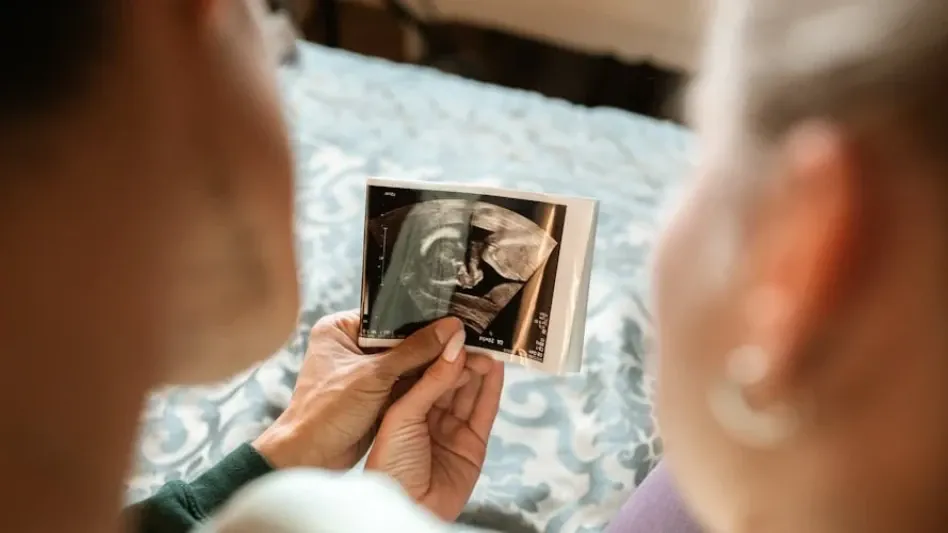The article “Digital Hope: How Telemedicine is Improving Quality of Care for Pregnant Women in Rural Areas of Honduras and Peru” highlights an innovative and impactful approach to improving maternal health through the use of telemedicine in underserved areas of the Americas. The core subject of the article is the implementation of telemedicine strategies by the Pan American Health Organization (PAHO), with support from the Government of Canada, aimed at enhancing prenatal care and reducing maternal mortality among women in rural regions, specifically in Honduras and Peru. Each year, around 8,400 women across the Americas die from preventable complications during pregnancy, childbirth, and the postpartum period. The primary causes of maternal mortality in the region include hemorrhage (23.1%) and pregnancy-induced hypertension (22.1%)—conditions that could be mitigated with timely medical intervention. However, many women, especially in remote rural areas, struggle to access necessary healthcare services due to geographic, economic, and cultural barriers. Consequently, insufficient interaction with the healthcare system during pregnancy often prevents the timely detection of potential health issues.
Bridging Healthcare Gaps with Telemedicine
The article outlines the strategic implementation of telemedicine initiatives designed to bridge these gaps in healthcare access. By leveraging telecommunications technology, PAHO aims to increase the frequency and quality of prenatal check-ups, thus improving the overall healthcare experience for pregnant women in these rural areas. This project also fosters trust between the community and healthcare providers, which is critical in encouraging women to seek and accept medical care.
A significant theme throughout the article is the importance of community involvement and the role of traditional birth attendants and health volunteers as pivotal connectors between the healthcare system and the women in these communities. For instance, in Trinidad, Honduras, health volunteers like Paula Fajardo play a crucial role in supplementing in-person check-ups with teleconsultations. These volunteers, trusted members of their communities, help identify early signs of risks and illnesses, provide essential medical information, and connect women to professional healthcare providers when necessary. This approach not only ensures more consistent monitoring of pregnant women but also builds confidence and satisfaction in the healthcare services provided.
Success Stories from Honduras
Teleconsultation has been particularly effective in Trinidad, where phone calls between doctors and pregnant women supplement the recommended five medical check-ups. As noted by Dr. Iveth Moreno, a doctor at the Comprehensive Health Center (CHC) in Trinidad, this initiative has significantly increased pregnant women’s confidence in healthcare personnel. Moreover, a substantial number of these women have started their vaccinations against COVID-19, influenza, and tetanus toxoid, highlighting the broader health benefits of the program.
In Peru’s Amazonas region, geographic barriers and high healthcare personnel turnover have traditionally hindered access to specialized care. The article details the experience of Sarita Culqui, a patient at the Pedro Ruiz Health Center, who encountered complications at the end of her second pregnancy. A teleconsultation linked her local healthcare providers with specialists at the Virgen de Fátima Regional Hospital, enabling her to receive timely advice and care. Such telemedicine strategies have been adapted to connect primary care professionals with specialists in referral hospitals, ensuring that women in remote areas can access specialized care when needed.
Enhancing Care in Peru
Dr. Christian Tiburcio, head of the Gynecology and Obstetrics Department at Virgen de Fátima Hospital, underscores the importance of direct contact through telehealth, which not only aids in promptly addressing risk situations but also facilitates knowledge exchange among healthcare personnel from different regions. This model has demonstrated considerable success in providing high-quality gynecological and obstetric care to women in remote areas, significantly improving the quality of care.
Another overarching trend discussed in the article is the role of training healthcare personnel in the effective implementation of telemedicine strategies. This training is paramount in ensuring that primary care staff can handle complications early on, such as infections and anemia, thereby reducing the need for long-distance travel and improving health outcomes. The training also helps healthcare providers to better understand and manage the nuanced contexts and needs of women in rural and vulnerable communities.
Training and Community Involvement
The article explores a groundbreaking approach to enhancing maternal health by utilizing telemedicine in underserved regions of the Americas. The focus is on the Pan American Health Organization (PAHO), with support from the Government of Canada, implementing telemedicine to improve prenatal care and decrease maternal mortality in rural areas of Honduras and Peru. Annually, around 8,400 women in the Americas die from preventable pregnancy-related complications, such as hemorrhage (23.1%) and pregnancy-induced hypertension (22.1%). These conditions could be managed with timely medical care. However, many women in isolated rural areas face significant challenges, including geographical, economic, and cultural obstacles, which limit access to essential healthcare services. This lack of adequate interaction with the healthcare system during pregnancy impedes the early detection and prevention of potential health issues, underscoring the critical role telemedicine can play in these regions.









